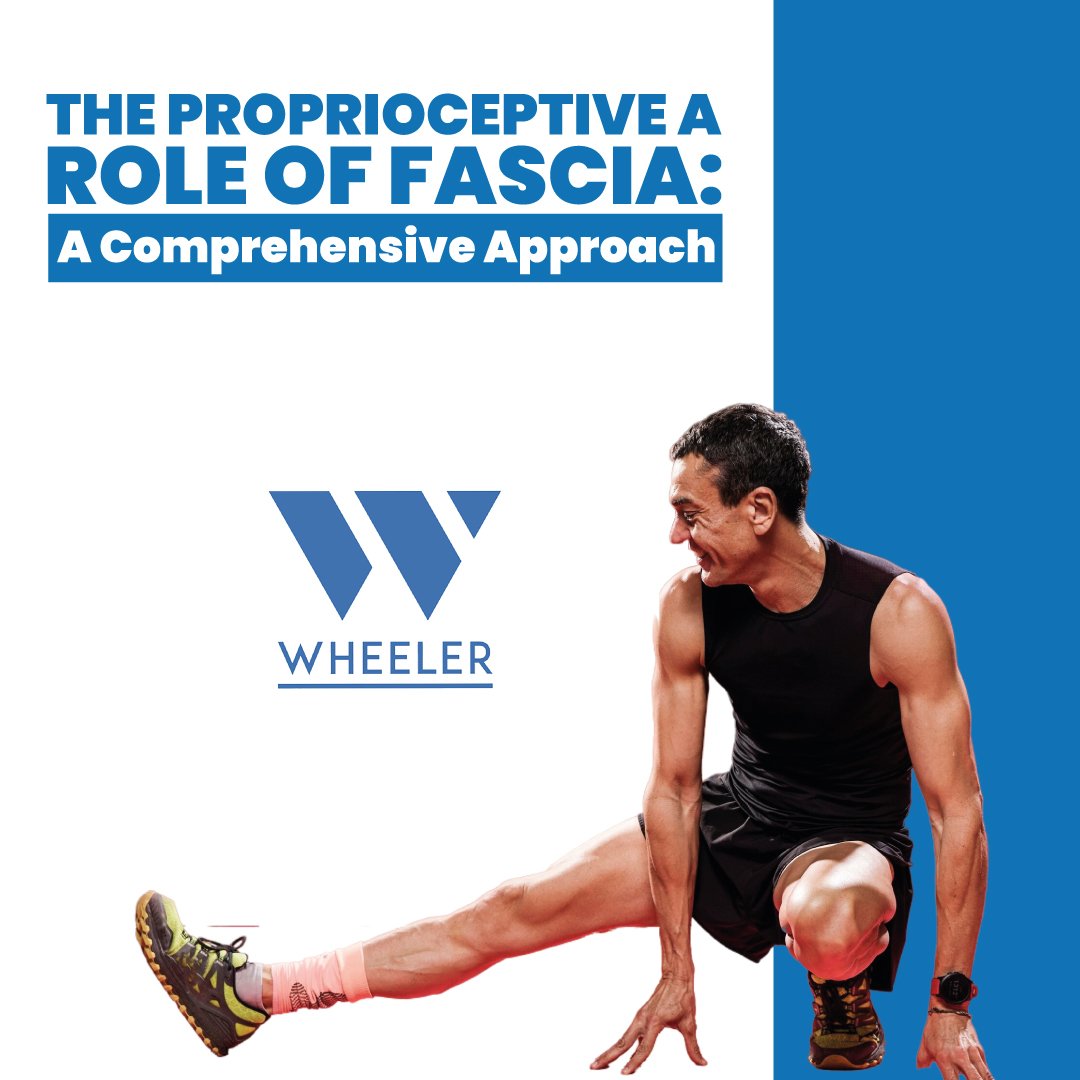In the field of sports performance and rehabilitation, one of the concepts that has gained increasing importance in recent years is the study of fascia. Bill Parisi, a pioneer in the field of athletic training, has been one of the most influential voices in highlighting the importance of fascia, not only as a passive structure but as an active and vital component for sports performance and recovery.
What is Fascia?
Fascia is a network of connective tissue that surrounds and connects muscles, bones, organs, and other structures of the body. Often underestimated in studies of biomechanics and physiology, fascia has traditionally been viewed as a mere structural support. However, recent research, much of which has been popularized by experts like Parisi, has revealed that fascia plays a much more active role in movement and muscle health.
Bill Parisi’s Approach
Bill Parisi has been instrumental in promoting the importance of fascia in athletic performance. In his work, he emphasizes that fascia is not only essential for structural stability but also for the transmission of forces during movement. As a continuous structure throughout the body, fascia helps distribute energy efficiently and coordinates movement, which is crucial in sports that require agility, speed, and strength.
Parisi argues that athletes can improve their performance by optimizing the health and function of their fascia. To achieve this, he proposes specific training that includes mobility work, the use of tools like foam rollers, and myofascial release techniques to keep the fascia flexible and free from tension or adhesions that can restrict movement.
Fascia and Sports Performance
Parisi’s approach suggests that when fascia is healthy and well-maintained, the body becomes more efficient in its movements. A well-maintained fascial system can improve muscle responsiveness and coordination, translating into greater power and performance. Moreover, athletes who train their fascia properly may experience greater elasticity, allowing them to generate more force with less effort and reducing the risk of injury.
On the other hand, rigid or inflamed fascia can act as a brake, limiting the body’s ability to move fluidly and increasing the risk of injury. Parisi advocates for an integrated approach in sports training, working not only the muscles but also the fascia through specific exercises that promote fascial mobility and elasticity.
Fascia in Rehabilitation
In the context of rehabilitation, Parisi emphasizes that treating the fascia is key to efficient recovery and preventing relapses. By addressing fascial dysfunction through release techniques and stretching exercises, athletes can accelerate their recovery and return to their performance level faster. Fascia, being interconnected with the nervous system and muscles, is essential for restoring muscle balance and joint mobility after an injury.
Conclusion
Bill Parisi’s approach has changed the way fascia is perceived in the world of sports and rehabilitation. His comprehensive vision highlights the importance of caring for this connective tissue as a fundamental part of performance and recovery. Whether maximizing athletic potential or facilitating fast and efficient recovery, paying attention to the fascia is a key strategy for any athlete or coach seeking to reach the highest levels of performance.
Author


